Intel demos Optane DC Persistent Memory on Windows workstation
September 27, 2019 | 00:05
Companies: #intel

Intel has given high-level details about the next generation of its Optane technology at the Memory and Storage Day 2019 in Seoul, Korea, revealing it will arrive for datacentre customers next year while also showing off an early demo of the DIMM-based Persistent Memory implementation running on a Windows-based workstation.
Currently available in everything from consumer-grade, high-speed caching modules all the way up to datacentre memory solutions, Optane is Intel’s attempt to bridge the gap between NAND and DRAM in the memory and storage hierarchy. Like NAND, it is non-volatile, but it operates with much lower latency and has far higher endurance and performance consistency. These characteristics bring it closer to DRAM, but compared to that it has a lower cost per gigabyte and vastly improved scalability.
Now, Intel has confirmed that second-gen Optane is scheduled to launch next year alongside 14nm Cooper Lake and 10nm Ice Lake Xeon Scalable CPUs for datacentre/server customers in two flavours. The first is Barlow Pass, which is the codename for the second generation of Intel Optane DC Persistent Memory, which serves as high-capacity memory for server CPUs using the DDR4 DIMM form factor. The second is codenamed Alder Stream, and this will be a family of enterprise Optane SSDs that follow on from the Intel SSD DC P4800X/P4801X lines.
While official products and specifications are yet to be confirmed, we do know that second-gen Optane shifts from a two-deck 3D XPoint stack to a four-deck one, so it would hardly be surprising if the Persistent Memory DIMMs and/or Optane SSDs double in capacity. Intel will also be using a second-generation controller as part of the Optane 2 solution, though it would not be drawn into many details about what this will look like other than saying that the SSD controller will have a different number of channels to the seven-channel design found in the P4800X (and the consumer equivalents, the Optane SSD 900p and 905p). The slide above is an Intel-produced teaser of the Alder Stream SSD performance compared to the previous generation.
To produce second-gen Optane, Intel has also opened up a new technology development line at the Fab 11X facility in Rio Rancho, New Mexico. Described as the ‘epicentre of Optane’, the same Fab is also being set up to produce third- and fourth-generation Optane as well, though the roadmap for these is sill extremely vague.
For individual consumers and desktop PC enthusiasts, even those with large budgets, the announcements above are honestly of little relevance for the immediate future (though Intel did also reveal the SSD 665p at the same event). However, Intel briefly nodded towards Intel Optane DC Persistent Memory eventually becoming available in consumer systems, starting with OEM workstation solutions, which would function as the first step in achieving a more typical plug-and-play solution like DDR4 and SSDs already are.
This means Intel’s HEDT CPUs (like today’s LGA 2066/X299 ones) could eventually have hundreds of gigabytes (or even multiple terabytes) of non-volatile, high-speed system memory, enabling applications like modelling extremely large design files, real-time video editing with extremely large video files, massively accelerated game loading, rapid start from cold, and more.
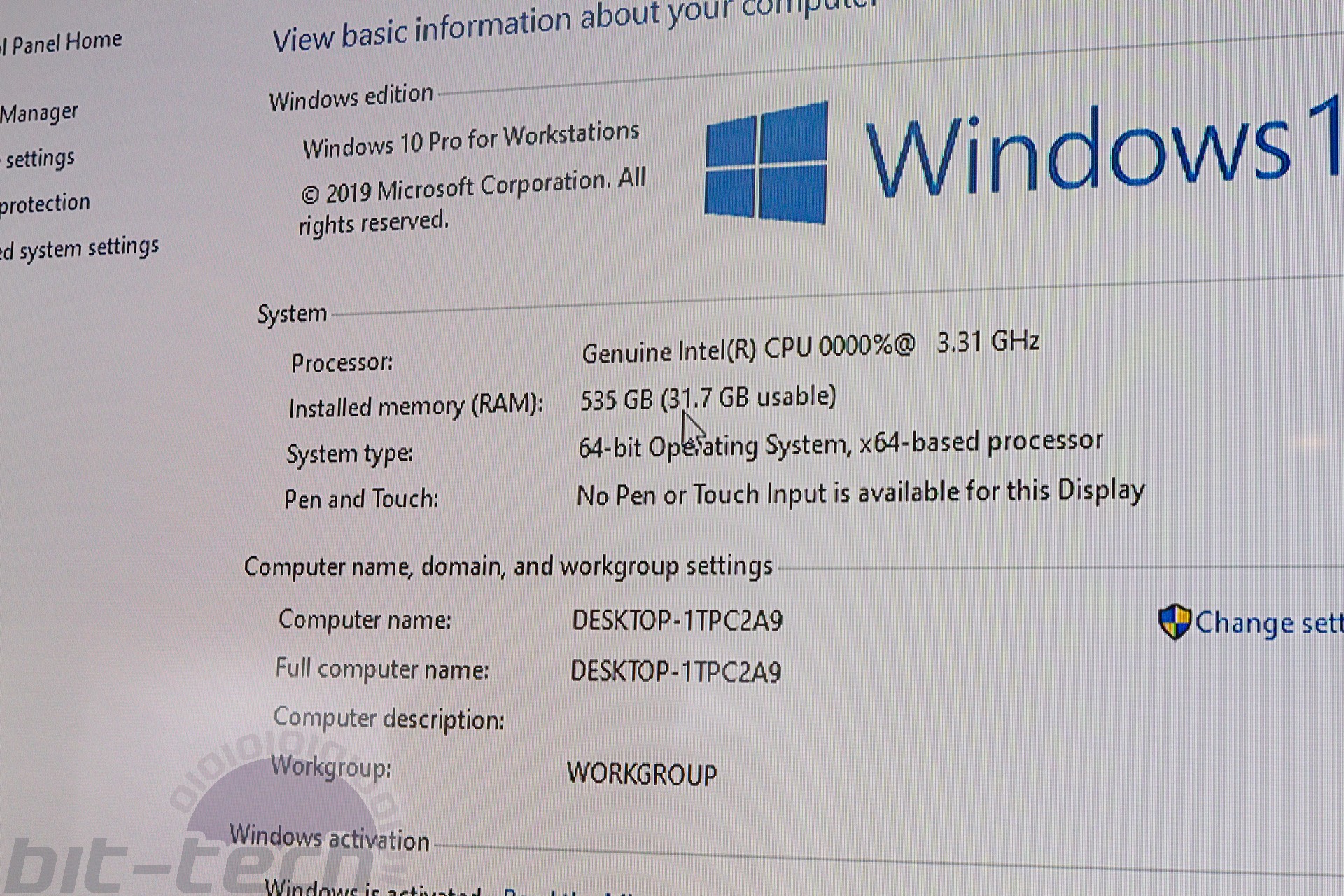
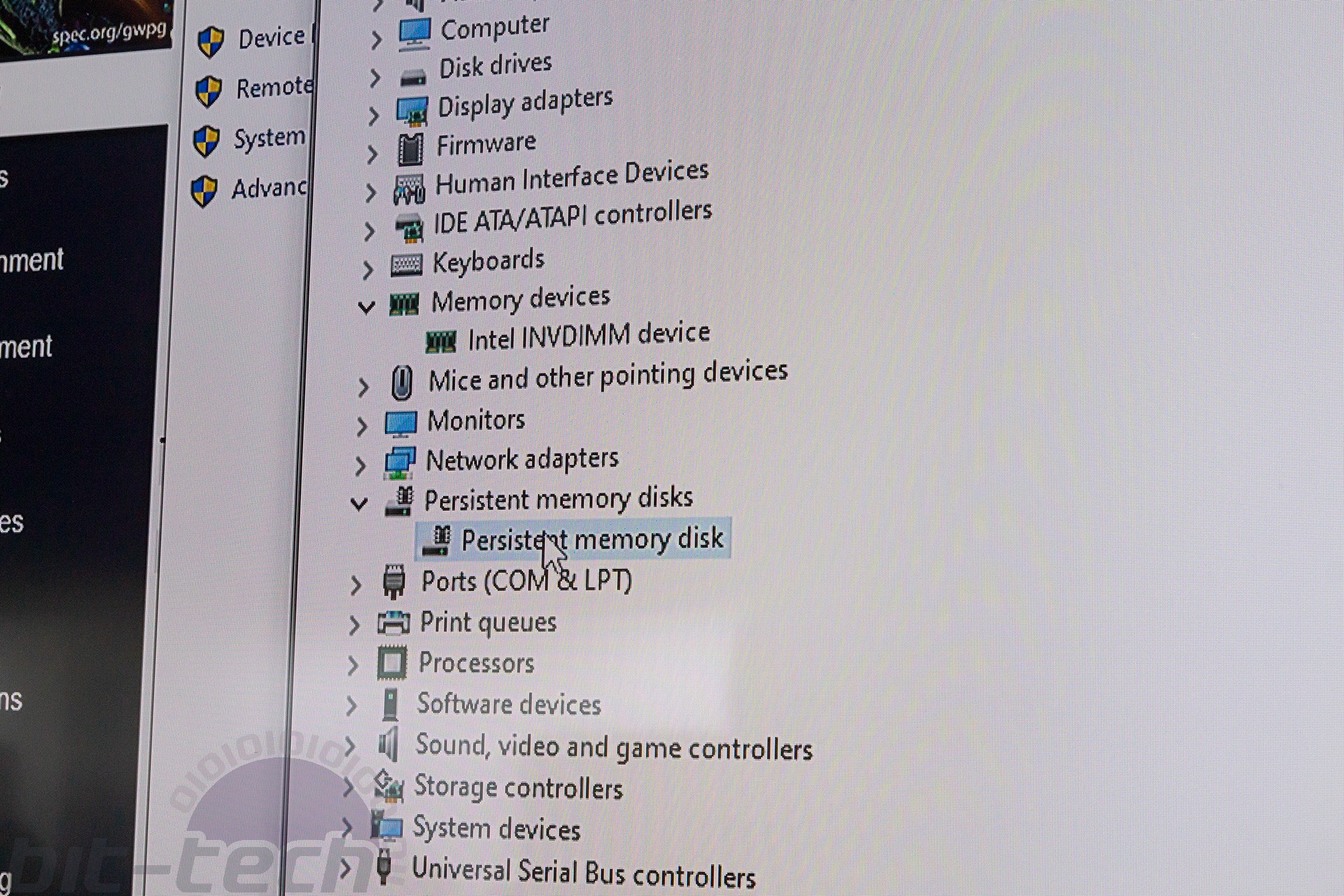
To demonstrate its development in this area, Intel showed a very early prototype workstation based on an undisclosed Xeon CPU running with 32GB of DDR4 and a single 512GB Intel Optane DC Persistent Memory Module for storage, and compared it to a more traditional desktop workstation running with high-speed DDR4 and Intel’s fastest consumer SSD, the 905P.
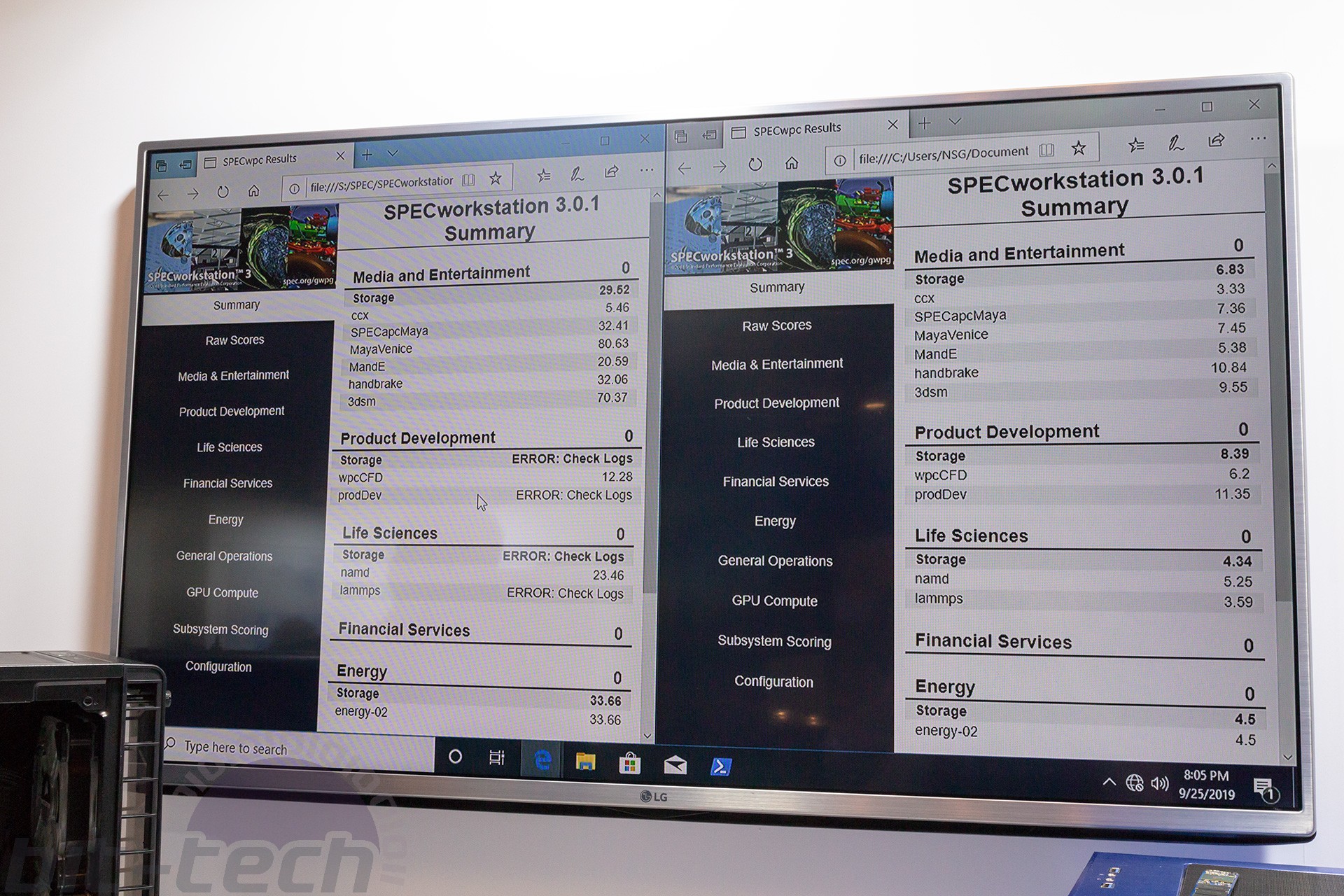
The result is a dramatic increase in performance in SPECworkstation 3.0.1, although you shouldn’t read too much into this at so early a stage. Intel would not be drawn into commenting on when we might expect such workstations to become available, and there is a lot of work to be done at the hardware level (motherboard/BIOS support and CPUs with onboard controllers especially) and software level, though even this preliminary level of support from Microsoft is undoubtedly a good sign.

MSI MPG Velox 100R Chassis Review
October 14 2021 | 15:04

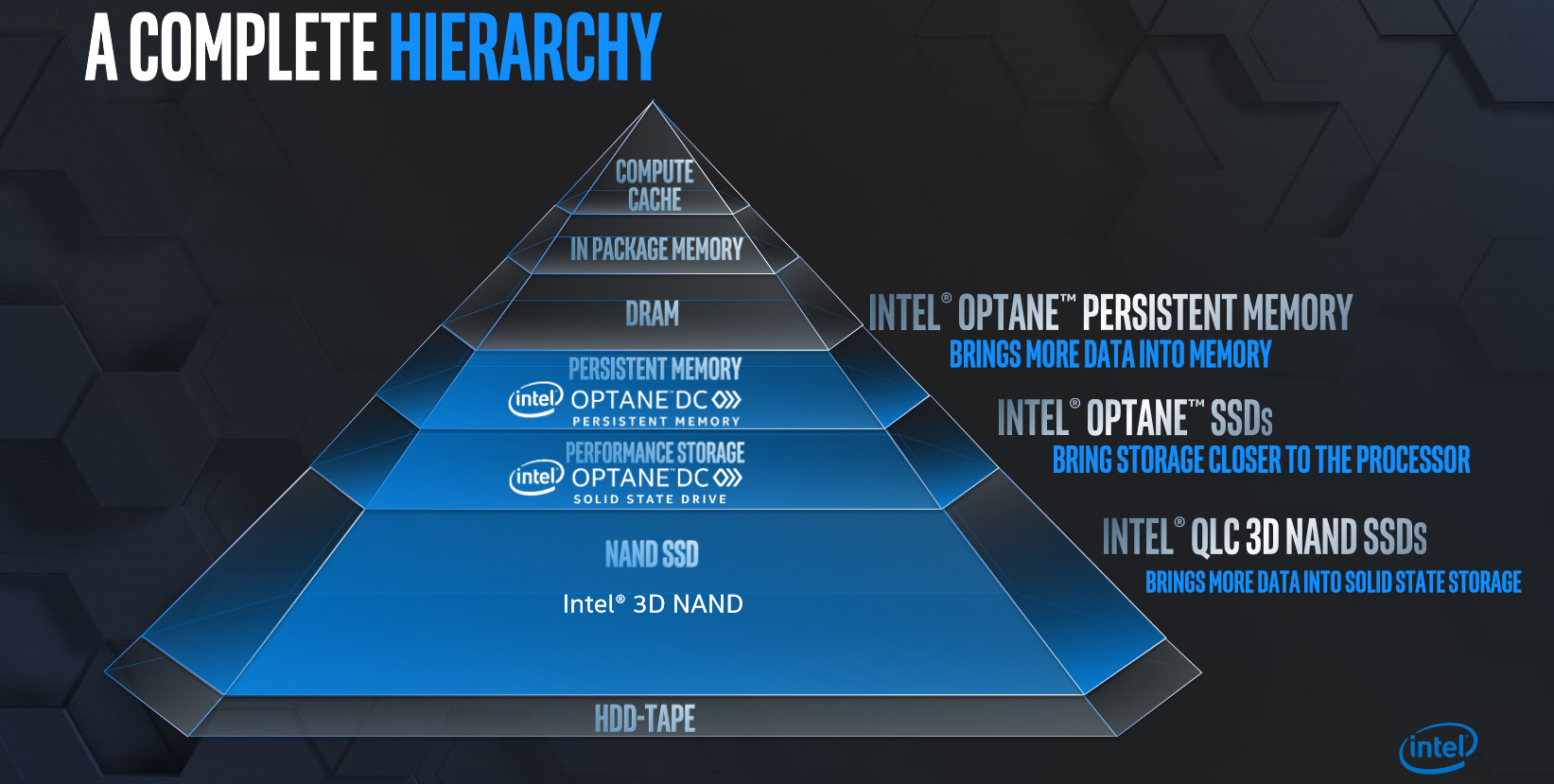
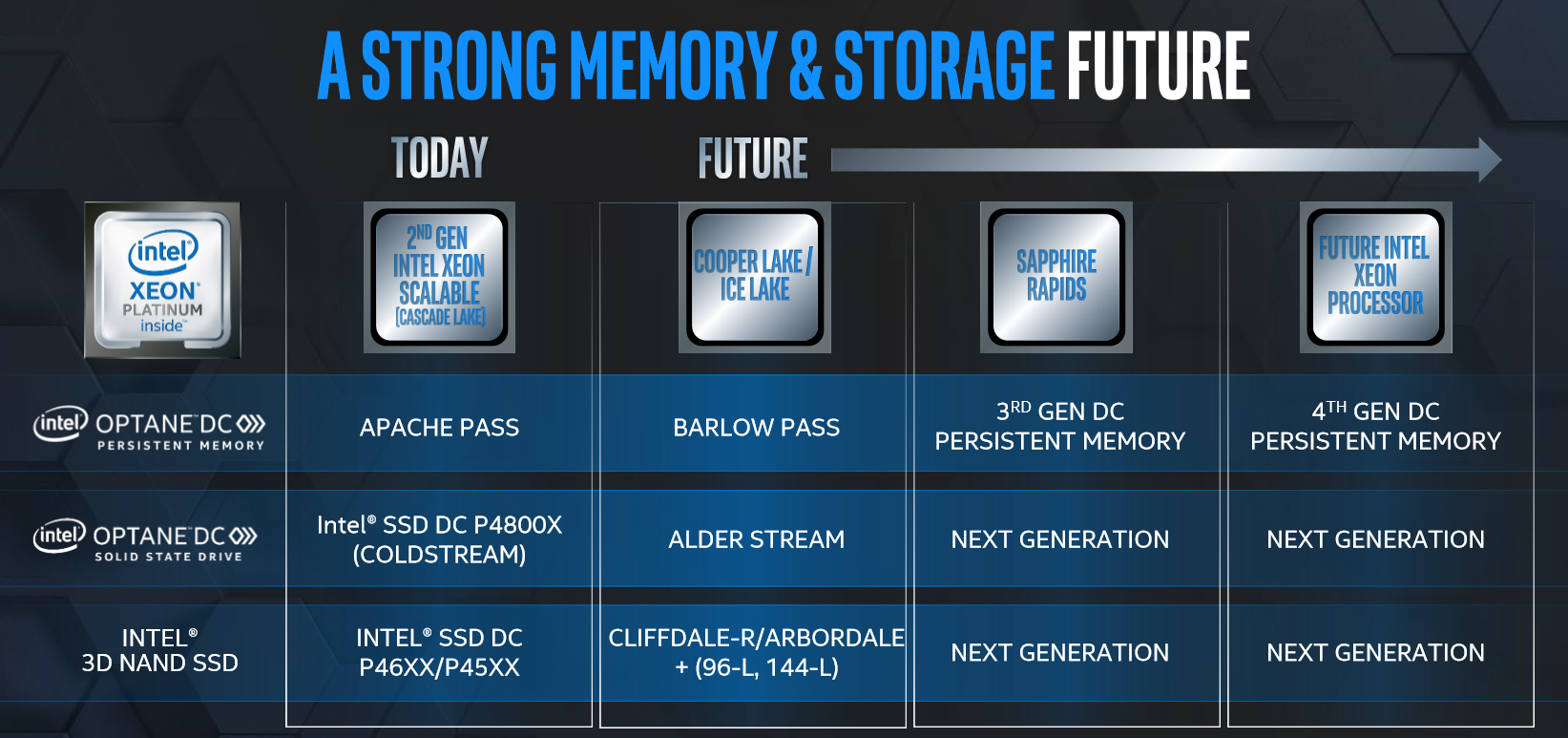
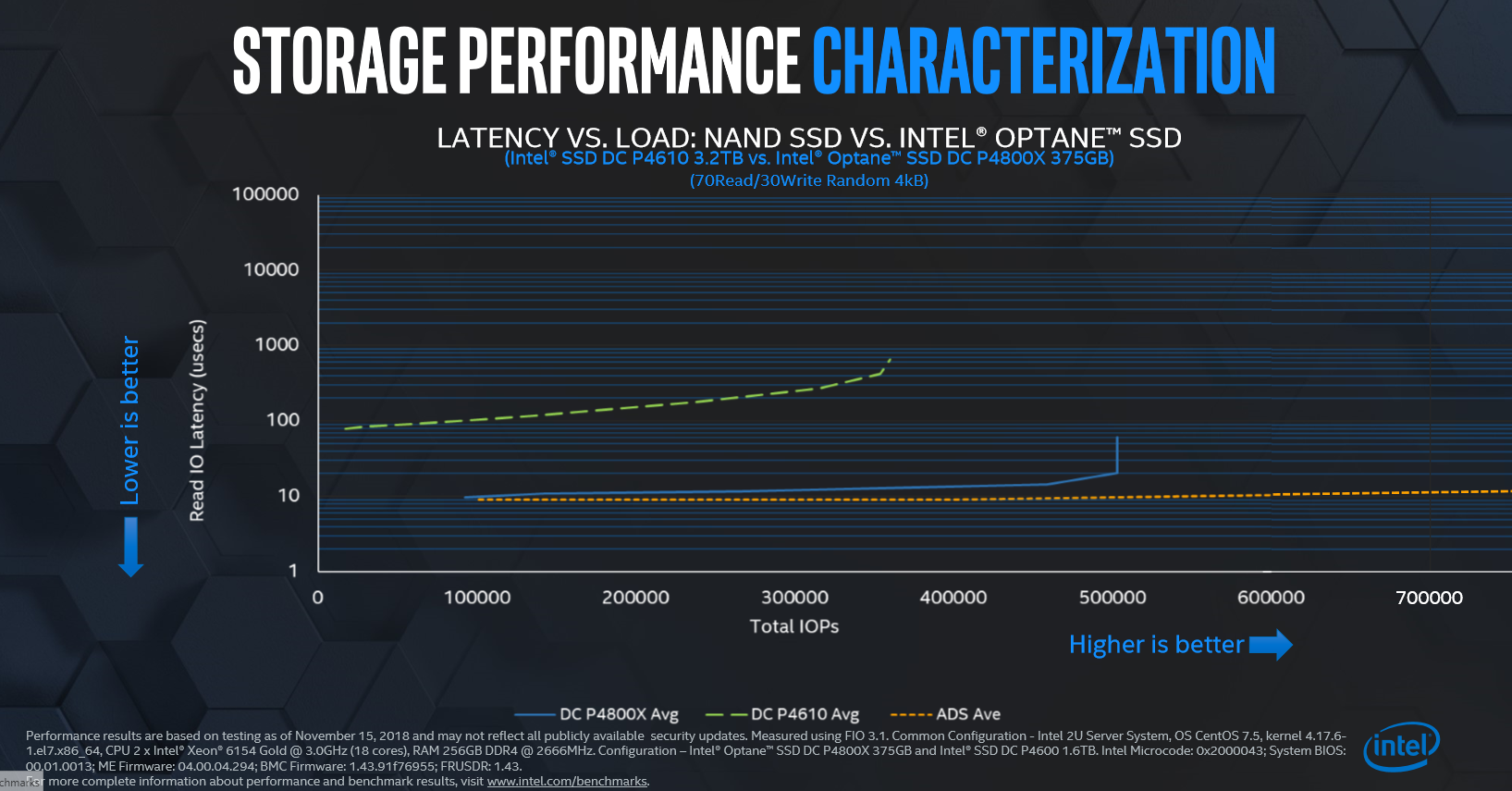

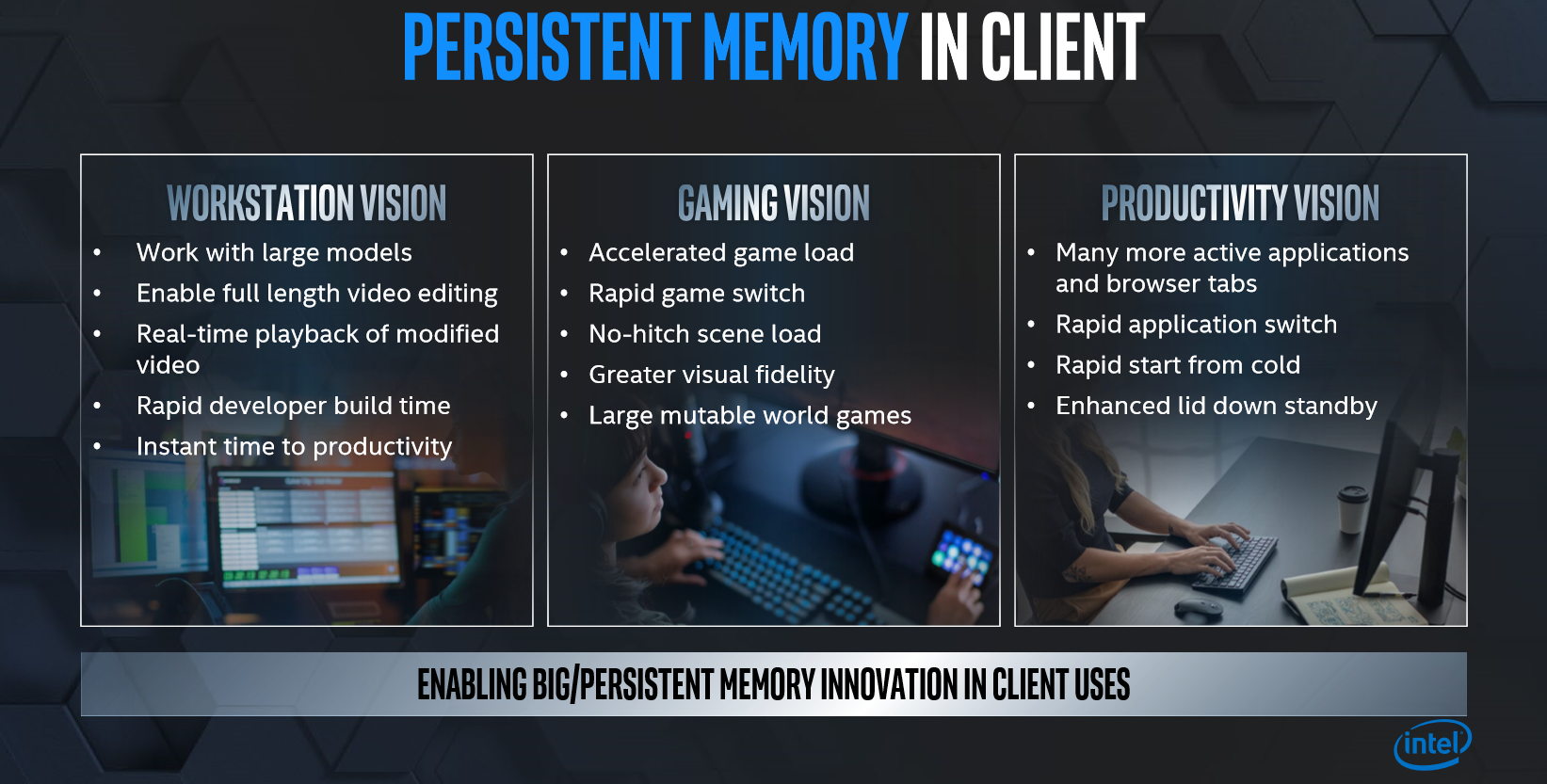
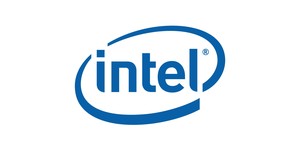
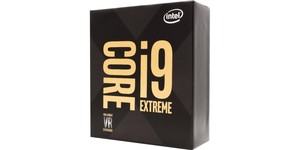
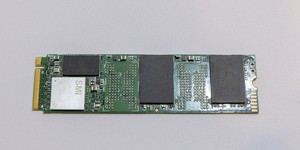




Want to comment? Please log in.